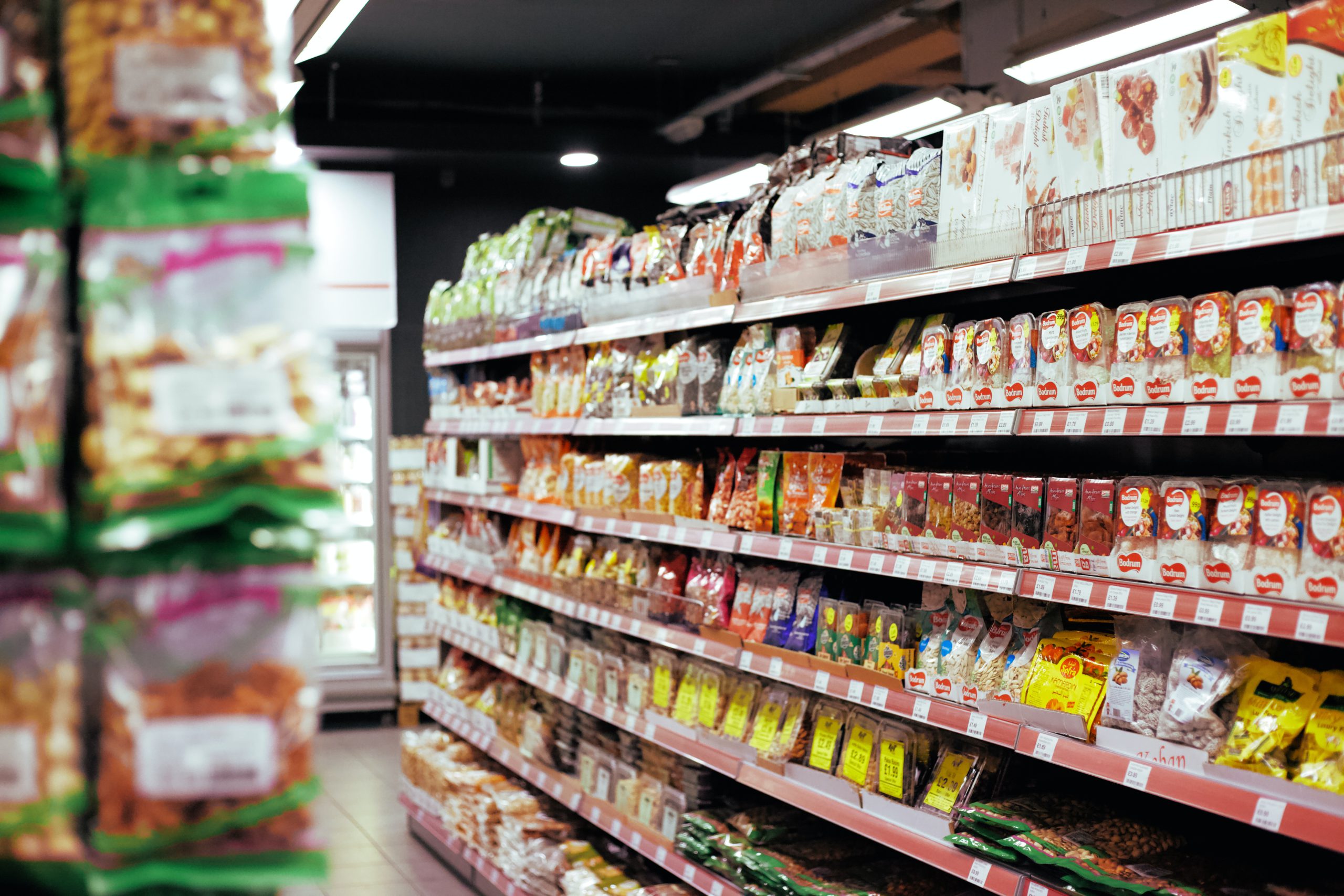How to bag your groceries like a pro
Whether plastic, paper, or reusable grocery bags, there are ways you can up your grocery bagging game to make your shopping load easier to carry home.
With proper distribution of your groceries, your groceries will be easier to load and unload, and you can save yourself from the discomfort of strained hands and shoulders when transporting your groceries from the supermarket all the way home.
Follow these simple tips on grocery bagging for your future trips to the supermarket!

1. Don’t bag too many heavy items together
You may think that grouping similar items together such as canned foods and liquids makes sense as they are of similar shapes and stack well together (and since these items are going to stored on the same shelf in your pantry anyway); but this is actually the fastest route to a ripped bag and not to mention strained hands.
Instead of having a ‘drinks’ bag where you have all your liquid items together, or a bag full of heavy canned goods, distribute the weighty items over a few bags wherever possible (see next tip!).
2. Use heavy or bulky items to ‘frame’ your bag
Certain items work well as ‘bag framers’, especially in reusable grocery bags with a square or rectangular base.
Let’s say you have two bottles of liquid items; a 1litre bottle of milk, and a 1litre bottle of orange juice. Instead of packing these 2 bottles next to each other – which will likely cause the bag to swing to the heavier side – pack them on the opposite ends of the bag, reinforcing the side walls of the bag, and leaving the middle empty to be filled up with other items.
This can also be done with other bulky items, such as cereal boxes.
3. Keep your cold items cold
In Malaysian weather, a short car ride home from the supermarket can be enough to cause salad leaves to wilt, and threaten the freshness of dairy items like cheese and butter. To keep your cold and frozen goods fresh, pack all your cold items together to keep the temperature low during your commute back home before they can be safely stored in your fridge.
If you think your cold groceries are going to need some help (for example if you are anticipating going to a specific supermarket that’s a little further away from home), bring a cold gel pack or frozen sponge from home to stuff into your fresh goods bag.
Alternatively, you could also invest in an insulated reusable bag, or for when you’re buying a big load of frozen items, a Styrofoam box that you can also fill with ice.

4. Remember to pack lighter items on top
The last things you might want when unloading your groceries at home are juicy red tomatoes that have been squashed by your canned goods, or a loaf of bread that has been indented by a bottle of wine!
Make sure you pack items like bread, eggs, as well as fresh foods such as fruit as the later items to get put into a bag, therefore loading heavier items first to form the frame and base of the bag.
Think also about airy items such as crisp packets or other sealed items that would probably survive better without the extra weight on top of them.
5. Keep bathroom and cleaning items separate from food
While most cleaning and soapy items at the supermarket are sealed properly, you never know what might pop open or spill during a bumpy car ride home.
Wherever possible, try to have a separate bag for items such as shampoos, cleaning fluids and soaps. In case any spillage does occur, at least you won’t be contaminating your food.
6. Beware of breakables!
Items in glass packaging are often on the heavier side, but make sure they don’t end up on the bottom of a bag. In the occasion where you might put a grocery bag down too hard, the weight from items on top of it could crack or even break the glass.
And finally…
7. Unload your groceries how you want them packed
Your grocery bagging strategy starts at the cashier’s conveyer belt! Think ahead and unload your groceries by grouping items that you would want together, such as cold items, as well as getting all your ‘bag framing’ bulky or heavy items out first so that you can place those at the bottom of the bag and your lighter items on top.
And needless to say, wherever possible, do bag your own groceries!
